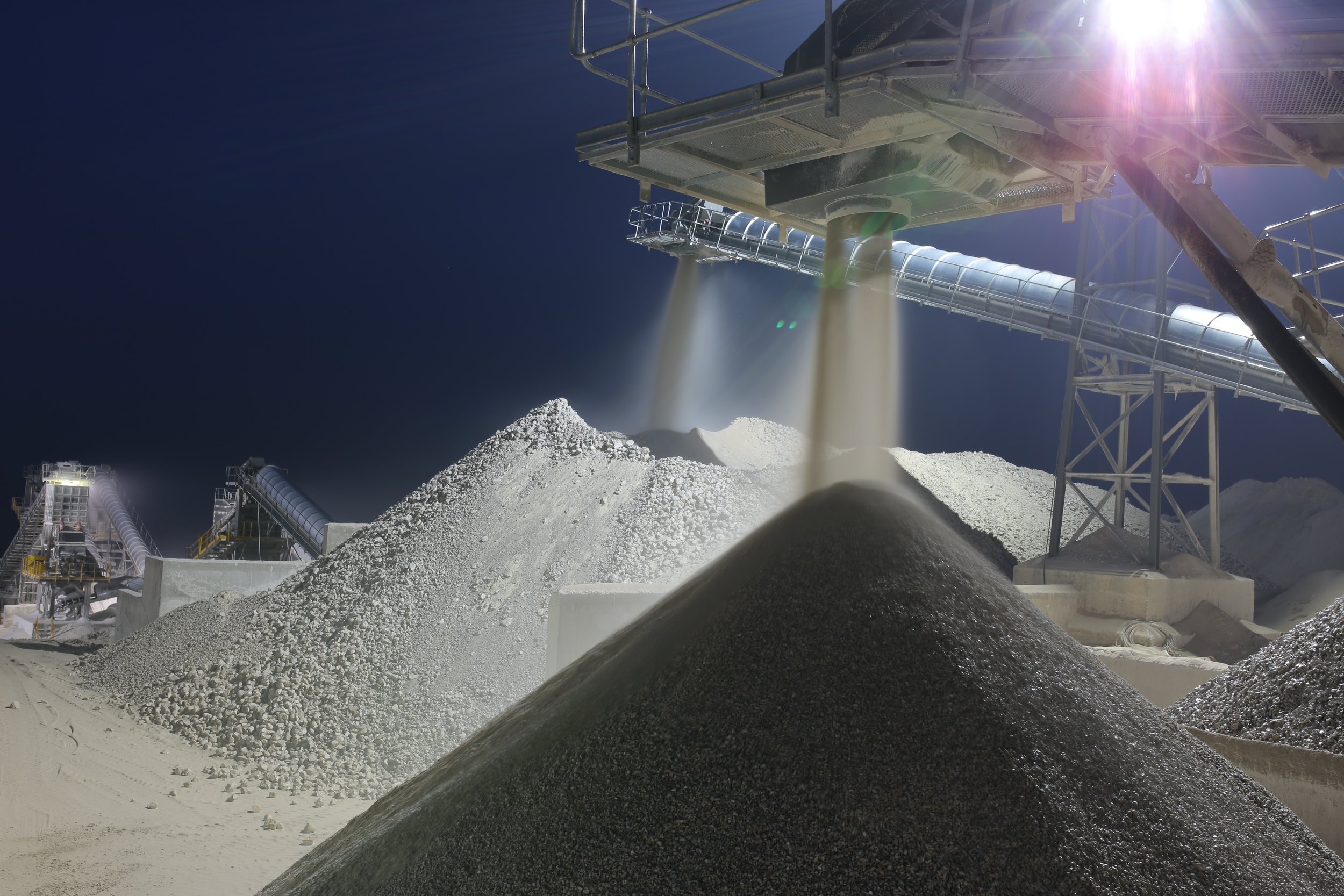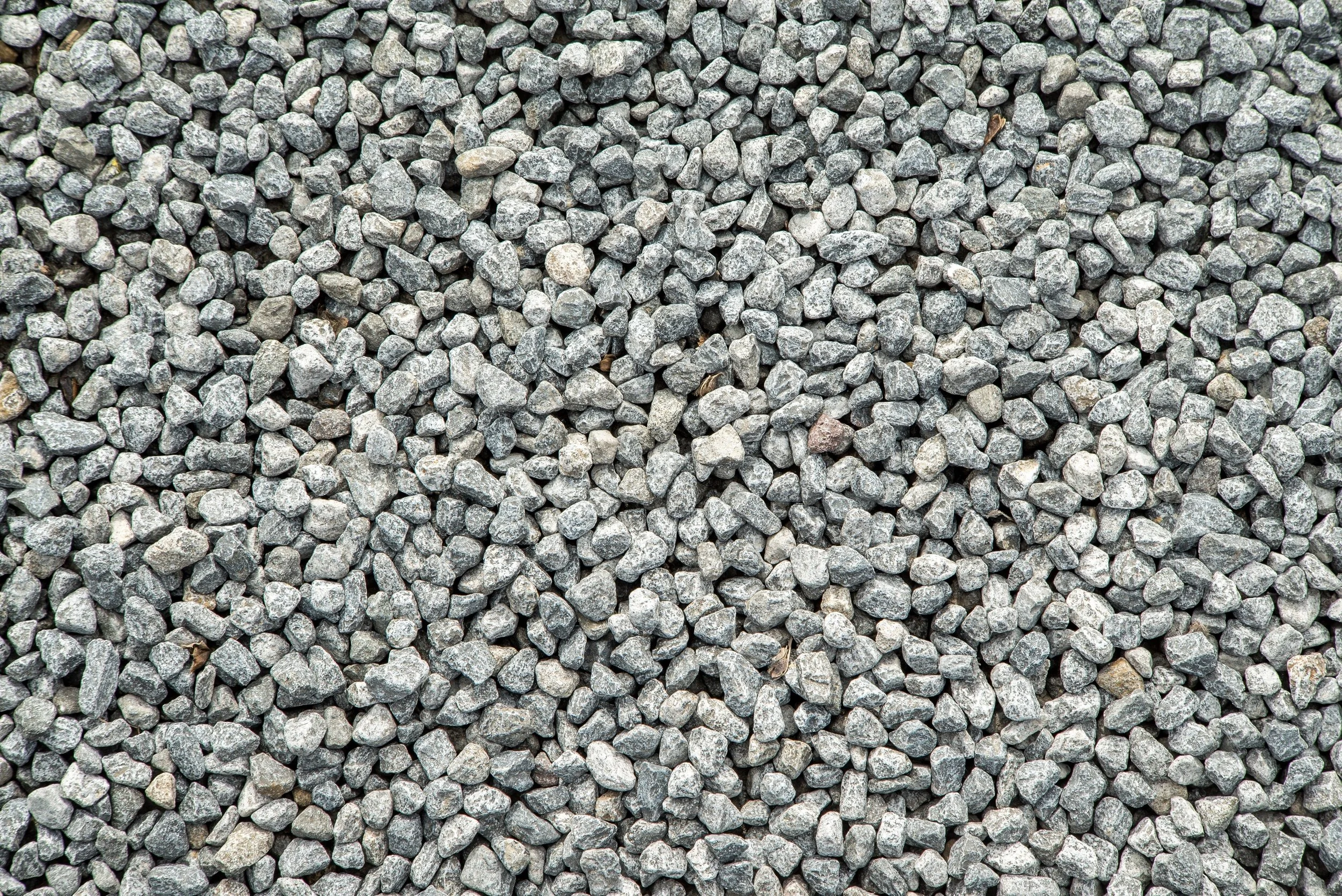WHAT ARE FINE AGGREGATE MATERIALS AND HOW ARE THEY USED?
Fine Aggregate Materials
Fine aggregate materials are a type of construction material that is typically made from natural sand or crushed rock. These materials are used in a variety of applications, including concrete and asphalt production, as well as for road base and other construction projects.
What are Fine aggregate materials?
Fine aggregate materials are known for their ability to provide strength, stability, and durability to a range of construction projects. They are also relatively inexpensive and widely available, making them a popular choice for many construction projects. Fine aggregate materials are typically classified according to their size, with the smallest particles being called "clay" and the largest particles being called "gravel." In general, fine aggregate materials are essential for the construction of strong, durable structures and are an important component of many construction projects. Fine aggregate materials are an essential part of many construction projects. They are typically made from natural sand or crushed rock, and are used in a variety of applications, including concrete and asphalt production, as well as for road base and other construction projects. These materials are known for their ability to provide strength, stability, and durability to a range of construction projects.One of the key properties of fine aggregate materials is their particle size. Fine aggregate materials are typically classified according to their size, with the smallest particles being called "clay" and the largest particles being called "gravel." The size of the particles in fine aggregate materials plays a critical role in determining the strength and durability of the finished product. For example, fine aggregate materials with larger particles will typically provide greater strength and durability than those with smaller particles.In addition to their particle size, fine aggregate materials also have a range of other important properties. These include their specific gravity, which determines how much the material weighs in relation to its volume; their absorption rate, which determines how much water the material can absorb; and their surface texture, which affects how the material will interact with other materials.Fine aggregate materials are widely used in a range of construction projects, including the production of concrete and asphalt. In concrete production, fine aggregate materials are combined with cement, water, and other ingredients to form a strong, durable material that is used in a variety of applications, including building foundations, floors, and walls. In asphalt production, fine aggregate materials are combined with asphalt to form a strong, durable material that is used in road construction and other applications.How are Aggregate Materials used in construction?
Aggregate materials are widely used in construction projects, including the production of concrete and asphalt. In concrete production, aggregate materials are combined with cement, water, and other ingredients to form a strong, durable material that is used in a variety of applications, including building foundations, floors, and walls. In asphalt production, aggregate materials are combined with asphalt to form a strong, durable material that is used in road construction and other applications.
Aggregate materials are also used in a variety of other construction projects. For example, they are often used as a base for roads and other paved surfaces, providing a stable foundation for the pavement. They are also used in the construction of retaining walls and other structures, providing stability and support. In addition, aggregate materials are used in the production of mortar, which is used to bond bricks, blocks, and other building materials together.
Aggregate materials are an essential part of many construction projects. They provide strength, stability, and durability to a range of construction materials, and are widely available and relatively inexpensive. Aggregate materials are an important part of the construction industry, and will continue to be used in a variety of applications in the future.
Other uses of Aggregate Materials
Aggregate materials are a basic building block of construction and civil engineering projects. These materials, which include sand, gravel, and crushed stone, are often used in the production of concrete and asphalt, as well as for road base, fill, and other applications. However, aggregate materials have many other uses beyond their role in construction.
One of the most common alternative uses for aggregate materials is in landscaping and gardening. Sand, gravel, and crushed stone can be used to create paths, walkways, and driveways, as well as to fill in low-lying areas or to create raised beds for plants. These materials can also be used to make decorative features such as rock gardens or water features.
Another use for aggregate materials is in the production of composite materials. These materials, which combine the strength and durability of aggregates with the flexibility and adaptability of polymers, are used in a variety of applications, including automotive parts, furniture, and industrial equipment.
Aggregate materials are also used in the production of lightweight concrete. This type of concrete, which is made using a mix of aggregate materials and a foam-like substance, is lighter and easier to work with than traditional concrete. It is often used in the construction of buildings, bridges, and other structures where weight is a major concern.
In addition to their use in construction and manufacturing, aggregate materials are also used in the production of animal feed. Sand, for example, is often used as a filler in animal feed, as it helps to keep the animals' digestive systems functioning properly. Gravel and crushed stone, on the other hand, are used to provide the necessary roughage to keep animals' teeth healthy.
Overall, aggregate materials are a versatile and essential component of many different industries and applications. From construction and landscaping to manufacturing and animal feed, these materials play a crucial role in our daily lives.
Overall, fine aggregate materials are an essential component of many construction projects. They provide strength, stability, and durability to a range of construction materials, and are widely available and relatively inexpensive. Fine aggregate materials are an important part of the construction industry, and will continue to be used in a variety of applications in the future.Featured Blogs
SIKES CONCRETE INC.
8030 FL-77, Southport, FL 32409
850-265-4564






